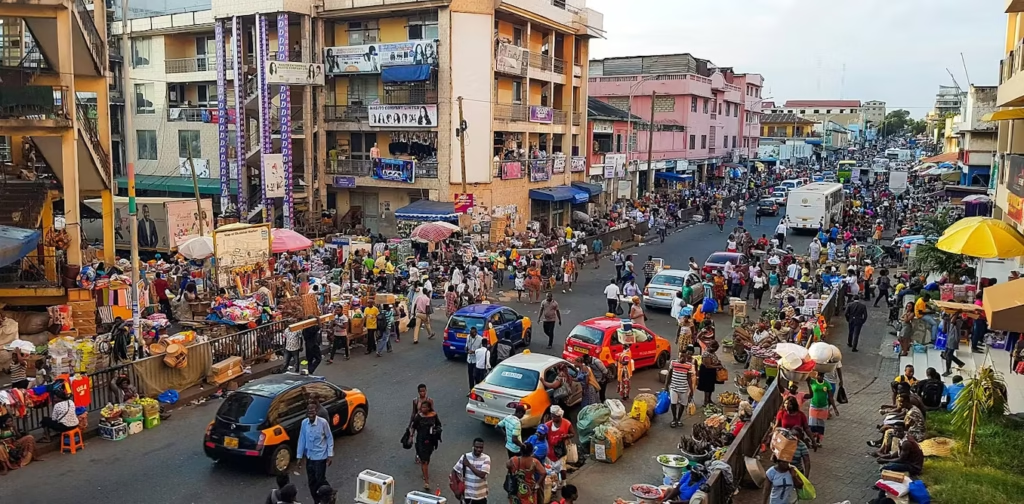Ghana’s Heavy Debt Burden: Nearly Half of Revenue Spent on Servicing Debt in 5 Years

Between 2017 and 2022, Ghana spent a staggering 42% of its revenue on debt servicing, according to the 2024 United Nations report on Unpacking Africa’s Debt. This sharp increase from the 27% recorded in the previous period of 2010 to 2016 has raised alarms about the growing fiscal challenges facing the nation. The data highlights a troubling trend of escalating debt burdens, further exacerbating the country’s financial woes.
The significant rise in debt servicing costs, which spiked by 15 percentage points between the two periods, underscores the mounting pressure on Ghana’s economy. This growing fiscal strain has left the country grappling with insufficient resources to meet the increasing demands for public services and infrastructure development, leaving citizens to bear the consequences.
Looking closer at the numbers, Ghana’s debt servicing obligations between 2010 and 2016 totaled GH¢36 billion, a figure that already presented challenges. However, during the subsequent five years, this amount exploded to an eye-watering GH¢152 billion. This represents 81% of the total debt servicing costs incurred by Ghana from 2010 to 2022. As the interest payments grew sharply, the situation began to take a toll on the country’s ability to invest in critical sectors such as education, healthcare, and infrastructure, which are vital for economic development and improving living standards.
Ghana’s financial struggles are starkly reflected in the alarming rise in interest payments over the years. In 2010, the country recorded its lowest interest payment, totaling just GH¢1.44 billion. Fast forward to 2022, and the interest payment had skyrocketed to GH¢45.69 billion, marking a drastic escalation that signals a deepening crisis. The figures are deeply worrying as they illustrate the growing burden of debt servicing, leaving little room for the government to maneuver in terms of investing in future growth and stability.
This sharp increase in debt servicing has raised concerns not just among economic experts but also among citizens who feel the tangible effects of the nation’s financial mismanagement. The escalating debt servicing costs have severely constrained government spending on essential public services, placing immense pressure on already struggling sectors. Social services, healthcare, education, and infrastructure, all of which are crucial to the country’s development, have been neglected in favor of paying off mounting interest payments.
The 2024 United Nations report also pointed out that this growing fiscal burden has pushed Ghana into the ranks of the world’s 10 most debt-distressed nations. This designation comes at a time when the country is already grappling with widespread poverty, high unemployment, and political instability, making the situation even more dire.
Ghana’s financial situation reached a tipping point in 2020 when its debt-to-revenue ratio surged to a historic 127%, the highest in Sub-Saharan Africa at that time. Despite efforts to manage the debt, this figure has remained troublingly high. While the ratio slightly improved to 117% in 2022, the situation remained precarious. By the end of 2022, Ghana was forced to default on its external debt obligations, signaling the extent of the country’s financial distress. This led to the restructuring of both domestic and foreign debts, further complicating the economic outlook.
The future of Ghana’s economy remains uncertain, with the debt burden continuing to weigh heavily on the government’s ability to invest in key development areas. The country is at a crossroads, where urgent, effective measures are needed to restore financial stability and regain public trust. Without immediate reforms and a comprehensive debt management strategy, Ghana’s fiscal crisis could deepen, pushing the country further into economic hardship. The global community is watching closely, as Ghana’s debt crisis serves as a stark reminder of the fragility of emerging economies that fail to balance growth with sustainable fiscal policies.





